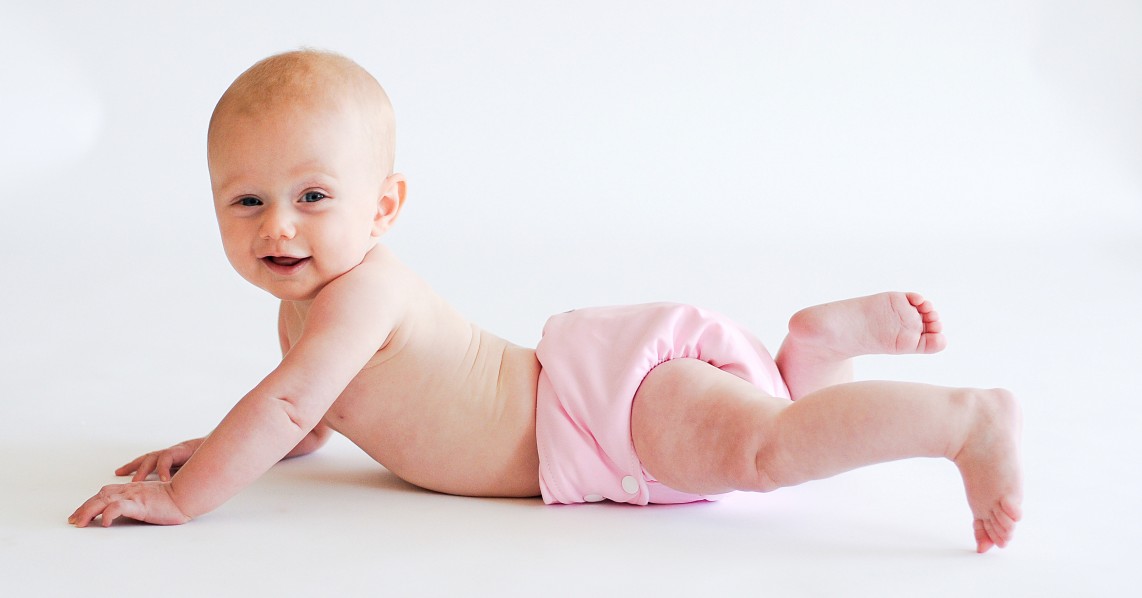
How Diapers are Made
Diapers are used in nearly each household to manage the waste laid down by the young kids. These articles are really a marvel of modern science and engineering. These things are very easy to use and now come in various models as per the needs of the users and the sizes. However the process of manufacturing these diapers is really complex and not as easy as it appears. Let’s take a look at the process:
The pads meant for absorption is made on a movable conveyer that passes through a protracted “forming chamber.” At numerous points within the chamber, controlled nozzles spray either chemical compound particles or fibrous material onto the conveyor surface. Rock bottom of the conveyor is perforated, and because the material of the pad is sprayed with a vacuum below so the fibers square measure forces all the way down to kind a flat pad.
At least 2 strategies are used to include absorbent polymers into the pad. In one methodology the chemical compound is injected into an equivalent feed stock that provides the fibers. This methodology produces a pad that has absorbent chemical compound spread equally throughout its entire length, width, and thickness. The issues related to methodology square measure that loss of absorbent could occur as a result of the fine particles square measure force through the perforations within the conveyor by the vacuum. It’s thus dear and untidy. This methodology additionally causes the pad to soak up erratically since absorbent is lost from only 1 aspect and not the opposite.
A second methodology of applying chemical compound and fiber involves application of the absorbent onto the highest surface of the pad when it’s been shaped. This methodology produces a pad that has absorbent focused on its high aspect and doesn’t have a lot of permeability throughout the pad. Another disadvantage is that a pad created in
These issues square measure solved by dominant the mixture chemical compound and fibrous material. Multiple spray dispensers square measure accustomed apply many layers of chemical compound and fiber. Because the fiber is drawn into the chamber and therefore the bottom of the pad is made, some of the chemical compound is else to the combination to make a layer of combined chemical compound and fiber. Then additional pure fiber is force on high to relinquish a sandwich result. This formation creates a pad with the absorbent chemical compound confined to its center, enclosed by fibrous material. Gel blockage isn’t a tangle as a result of the chemical compound is focused at core of pad. It additionally solves the matter of particle loss since all the absorbent is enclosed by fibrous material. Finally, this method is additional value effective as a result of it distributes the chemical compound simply wherever it’s required.
When the pad has received a full dose of fiber and chemical compound, it takes down the conveyor path to a leveling roller close to the outlet of the forming chamber. This roller removes some of the fiber at the highest of the pad to create it a regular thickness. The pad then moves by the conveyor through the outlet for resultant operations to make the competed diaper.
Sheets of nonwoven material square measure shaped from plastic organic compound exploitation the melt blown method as delineated higher than. These sheets square measure made as a good roll referred to as a “web,” that is then move the acceptable breadth to be used in diapers. There’s an internet for the highest sheet and another for rock bottom sheet. It ought to be noted that this step doesn’t essentially occur in sequence when pad formation as a result of the nonwoven materials square measure usually created in an exceedingly separate location. Once the manufacturer is prepared to initiate diaper production these giant bolts square measure connected to special roller instrumentation that feeds fabric to the line.
Diaper production doesn’t manufacture vital byproducts; indeed the diaper trade uses the byproducts of different industries. The absorbent polymers utilized in diaper production square measure usually left over from production lines of different chemical industries. The chemical compound particles square measure too tiny for different applications, however they’re compatible to be used in diapers. In diaper production, however, sizeable amounts of each nonwoven material and chemical compound particles square measure wasted. To reduce this waste, the trade tries to optimize the quantity of diapers obtained from each square meter of fabric. Moreover, each try is formed to recover the surplus fiber and chemical compound material utilized in the forming chamber. However, this is often not continually potential attributable to obstructive of filters and different losses.
Other internal control factors besides permeability square measure associated with the diaper’s work and luxury. Explicit attention should be paid to the soften characteristics of the nonwoven materials accustomed kind the diaper’s shell. If materials with totally different melting points square measure used, the fabric that melts the fastest could become too soft and stick with the assembly equipment. Once the material is done it should be left with a rough surface that’s uncomfortable to the user. Finally, the alignment of the elements should be rigorously checked or outflow could result.
Post written by Jermaine O’Halloran. Aside from his contributions to DiaperNet, his work can be found published on TheVerge, Fortune, and CheckMaid.…
